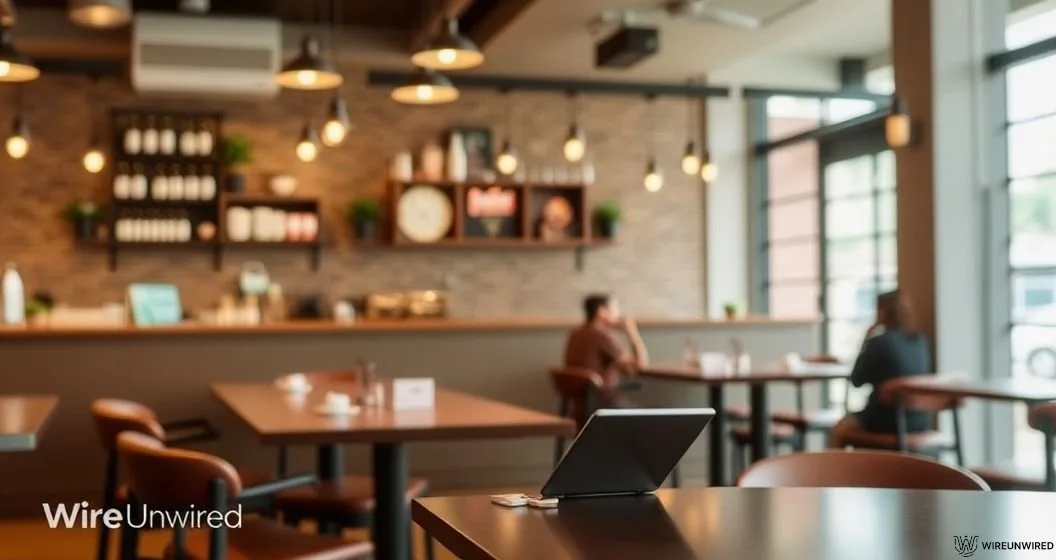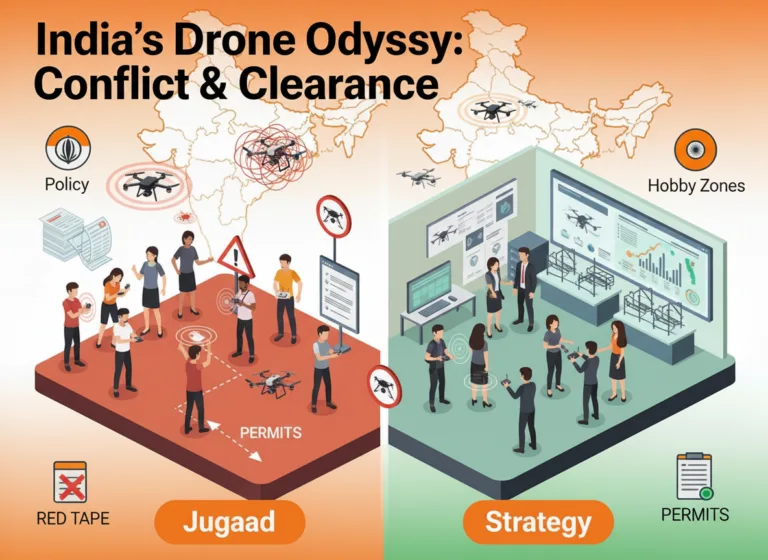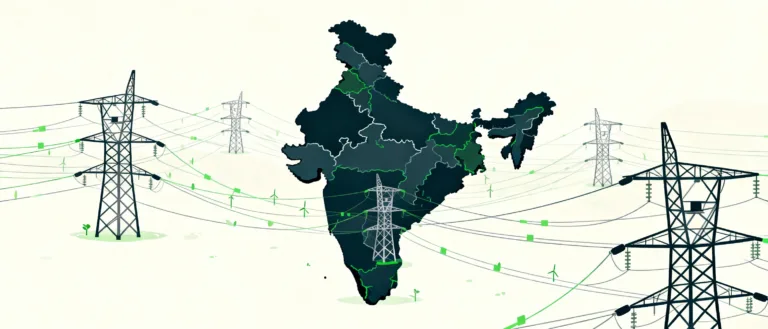A single misstep can cost lakhs—and yet, thousands of entrepreneurs dream of launching their own restaurants in India every year. In 2025, technology and better data are making it possible to avoid the most common—and costly—mistakes. But how do you navigate the landscape of sky-high rents, fierce competition, and unpredictable consumer demand?
The Real Cost of Starting a Restaurant in India
Setting up a restaurant is a major financial commitment. For a small eatery or cafe, initial investments range from ₹5 to ₹15 lakhs, while mid-sized quick service restaurants (QSRs) may require ₹12 to ₹25 lakhs. Larger casual or fine-dining establishments can demand anywhere from ₹25 lakhs to ₹1.5 crores, especially in metro cities where rent and staffing expenses are significant. For example, a 100–500 sq ft QSR typically costs ₹15–30 lakhs just for capital expenditure, excluding franchise fees and kitchen equipment.
Key components of startup costs include:
- Location Rent & Deposit
- Kitchen Equipment & Inventory
- Licensing (FSSAI, GST, Fire NOC, etc.)
- Staff Salaries & Training
- Marketing & Branding
Even with lower-cost models like cloud kitchens, which operate with minimal real estate, expenses start at ₹5 lakhs and can go up to ₹15 lakhs depending on scale.
Tech-Driven Solutions to Classic Restaurant Challenges
Despite the high setup costs, an alarming number of restaurants shut their doors within months of opening. The root causes? Poor market analysis, underestimating competition, and mismatched product-market fit. In densely populated student areas, for instance, consumers tend to prioritize affordability and speed over premium quality—making it tough for newcomers with higher-priced offerings to survive.
Modern entrepreneurs are increasingly turning to technology and data analytics for smarter decision-making:
- Location Intelligence: Advanced software can analyze footfall patterns, competitor sales, and demographic preferences, helping founders select sites that match their menu and price point.
- POS & Inventory Management: Cloud-based point-of-sale systems streamline daily operations, track sales trends, and control wastage, directly impacting profit margins.
- Social Media & Digital Marketing: Targeted campaigns, influencer partnerships, and online ordering platforms (like Swiggy and Zomato) drive customer acquisition and retention, especially among younger audiences.
- Franchise Models: Joining established brands can significantly reduce risk, as franchises offer proven systems, centralized procurement, and built-in customer bases. Franchise investments range from ₹5 lakhs to ₹2 crores, with expected net margins of 15–30% and ROI periods between 18 months and 3 years.
Market Research: The Make-or-Break Factor for Restaurant Startups
One critical takeaway for new restaurateurs: chasing crowds without understanding their needs is a recipe for disaster. In student-dominated neighborhoods, low-cost, high-volume food options win out over gourmet fare. Rigorous market research—including customer surveys, competitor analysis, and menu testing—can reveal what diners truly value.
Licensing and compliance are also non-negotiable. The FSSAI license, eating house permit, health and trade license, and GST registration are mandatory for legal operation. Delays or oversights in these areas can stall your launch and add unforeseen costs.
Emerging Trends: Cloud Kitchens, Health Cafes, and Niche Concepts
Tech-enabled cloud kitchens are disrupting traditional models by cutting down on rent and labor, allowing rapid scaling and experimentation with menu offerings. Health-focused cafes, meanwhile, are tapping into India’s growing demand for mindful eating, with startup costs between ₹10–20 lakhs and average profit margins of 20–30%.
Entrepreneurs are also exploring:
- Automated kitchens and robotics to reduce staffing costs
- AI-driven menu optimization based on customer data
- Contactless payment and ordering systems
A table comparing setup costs and profit margins across popular models:
| Model | Setup Cost (₹ Lakhs) | Avg. Profit Margin (%) | ROI Period |
|---|---|---|---|
| Cloud Kitchen | 5–15 | 20–30 | 1–2 years |
| QSR | 12–25 | 15–25 | 2–3 years |
| Casual Dining | 25–75 | 10–20 | 3–5 years |
| Franchise | 5–200 | 15–30 | 1.5–3 years |
Key Takeaways for 2025 Restaurant Entrepreneurs
- Invest in market research and tech tools before launch
- Align menu and pricing with local demand—not just footfall
- Use digital marketing and delivery platforms to reach target audiences
- Consider cloud kitchens or franchises to minimize risk and upfront costs
The restaurant business will always carry risk—but with smarter strategies and tech-driven insights, the path to profitability is clearer than ever.
Discover more from WireUnwired Research
Subscribe to get the latest posts sent to your email.




